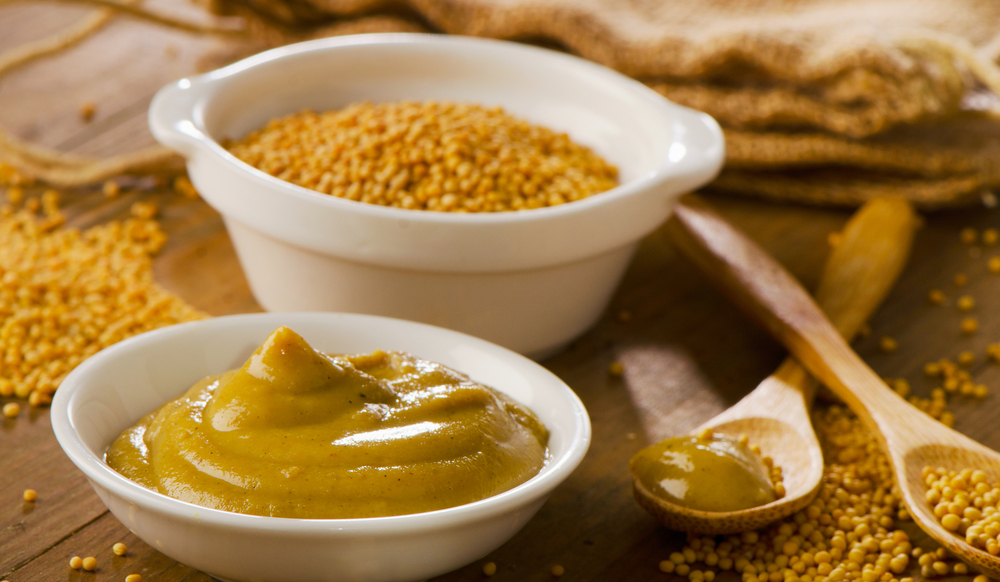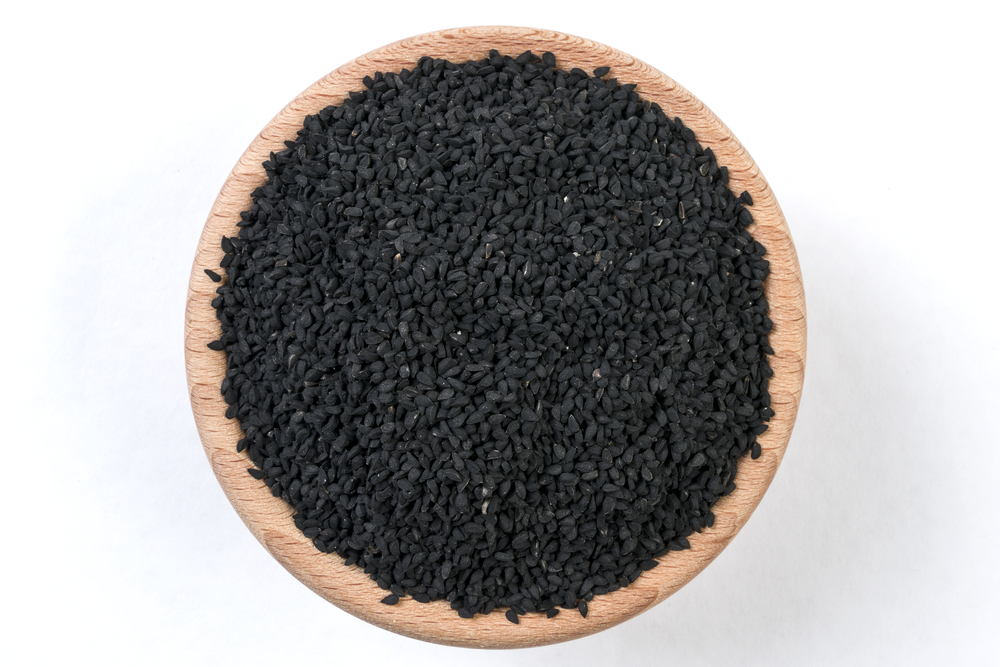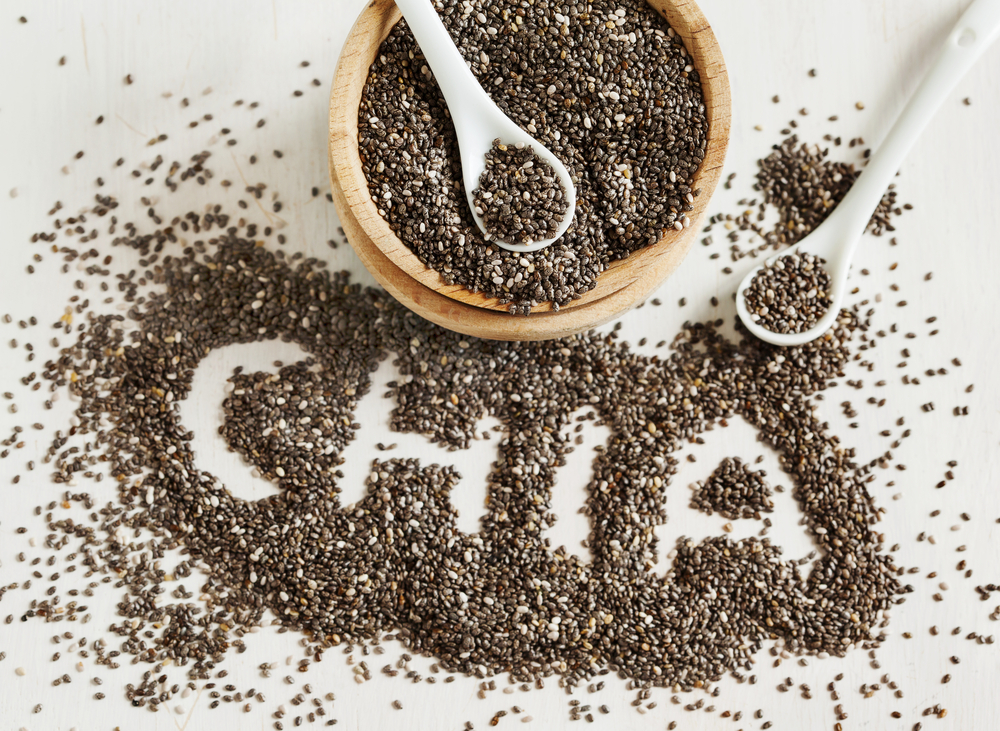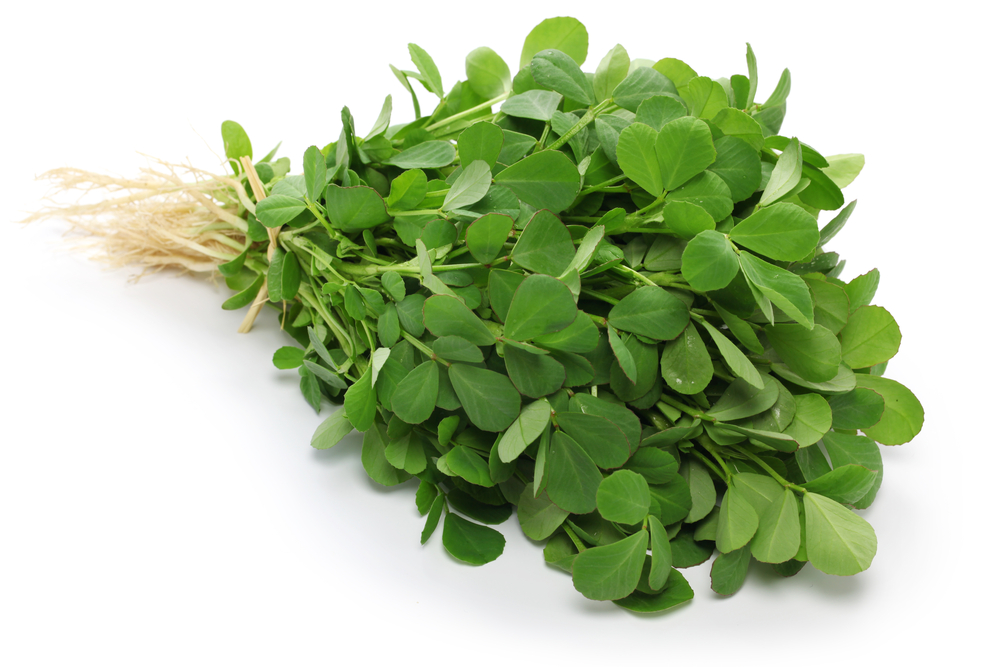Mustard oil is unlike any other oil on the market. It is pungent, nutty, and nicely spicy. It’s made from mustard seeds, and is used as an edible oil and an essential oil. When you need a spicy, rustic, aromatic flavor in your meal, mustard oil should be kept handy.
However, if you live in the US, Europe, or Canada, you won’t be able to get your hands on mustard oil. It is banned in these countries because it uses erucic acid. If you’re looking to replicate your favorite Indian, Bengali, or Nepalese dish, you will need a substitute for mustard oil.

A few good substitutes for mustard oil include rice bran oil, balsamic vinegar, peanut oil, or sesame oil. To replace the tangy, spicy mustard flavor, you can try to include mustard paste, ground mustard, and various spices.
Substitutes For Mustard Oil
When finding substitutes for mustard oil, it’s best to find one that best matches the role mustard oil will play in a recipe. Are you using it as a cooking fat? Does the nutty, savory flavor need to be emphasized? Or maybe you just like that warm heat that mustard oil brings.
Choosing your alternative will boil down to what you’re doing with it. Some will work to bring out the flavor, but can’t be used as a cooking oil. Others might just be a cooking oil with a twinge of nutty flavor, but none of that tangy mustard heat.
Mustard Paste
Of course, the best things to substitute for mustard oil are going to be things that include mustard as a chief component. Thick and spicy, you’ll want to find a more complex mustard paste than the bright yellow stuff you’d find on a hot dog.
While that sunny yellow condiment will do, to make a proper substitute for mustard oil, look for something with visible ground mustard seed. You’ll be able to notice them in the jar or bottle if it’s clear. Find one that is thick and contains a lot of other spices.
The best mustard paste will be a blend of ground mustard seeds, vinegar, salt, and chili. This gives it a definite heat, but it’s later diluted with water. It is said that the temperature of the water you use to dilute it will change the flavor. Apparently, hot water will actually lead to a more mild paste, while cold water brings the heat.
In terms of flavor, mustard paste will be a bit more pungent than mustard oil. If you’re using it for flavor, try to reduce the amount of it you’re putting in when compared to mustard oil.
Especially in Indian and Bengladeshi cuisine, mustard paste is a commonplace ingredient. Therefore, if you want to supplement the taste of mustard oil, a good mustard paste will do the job just fine.
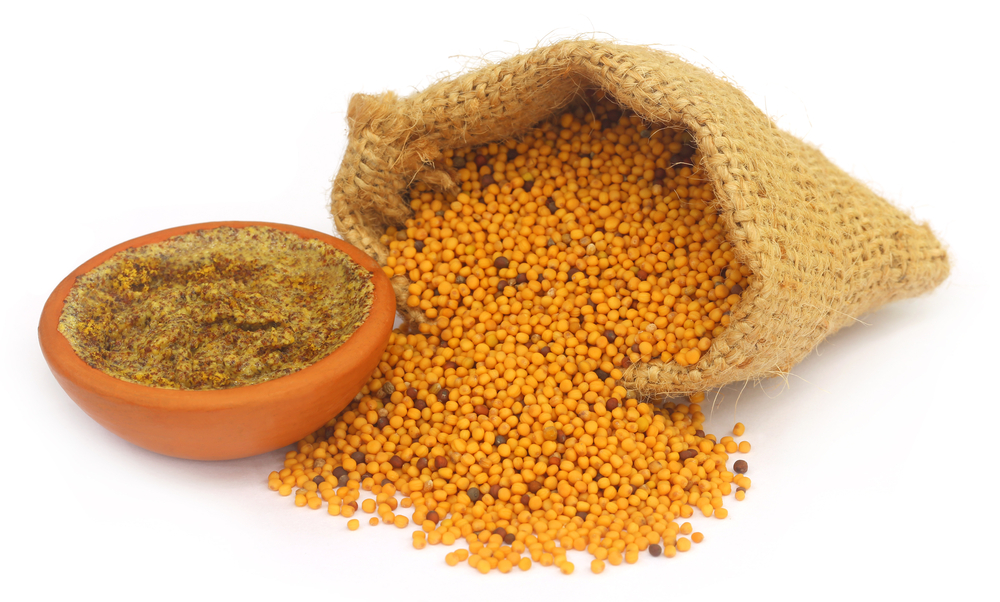
Ground Mustard
Just want the flavor of mustard without changing the textures much? Ground mustard will pack that pungent, strong flavor that your recipe needs to thrive. Ground mustard is earthy, somewhat bitter, and definitely a bit spicy. It can be used well in place of mustard oil where flavor is the only needed component.
Ground mustard powder is easily available in a supermarket spice section. It’s made from pure mustard without any additional oils, vinegar, or water. Thanks to that, there’s a clean, powerful mustard aroma.
This powder comes in black, brown, or white varieties, all with unique tastes. White ground mustard will be the strongest of the three, so make sure to taste as you go when you use it.
If you still want to use an oil component, mix two tablespoons of vegetable oil with one teaspoon of ground dry mustard. This will imbue the oil with that pungent, nutty heat.
Ginger
Sporting a familiar bite, ginger is a powerful aromatic that can carry in the peppery warmth that mustard oil has. You can use fresh ginger, ground ginger, or even a ginger paste.
It won’t work if you need the mustard oil for cooking purposes. For flavoring, though, it might pack the right kind of tang. Just like mustard paste, ginger has a potent flavor. You might want to modify your recipe accordingly to ensure nothing is overpowering.
Ginger is a healthy replacement too; it’s naturally anti-inflammatory and contains a good amount of vitamin C. Ginger is 79% water, and 100 grams contains 12% of your daily value of vitamin b6.
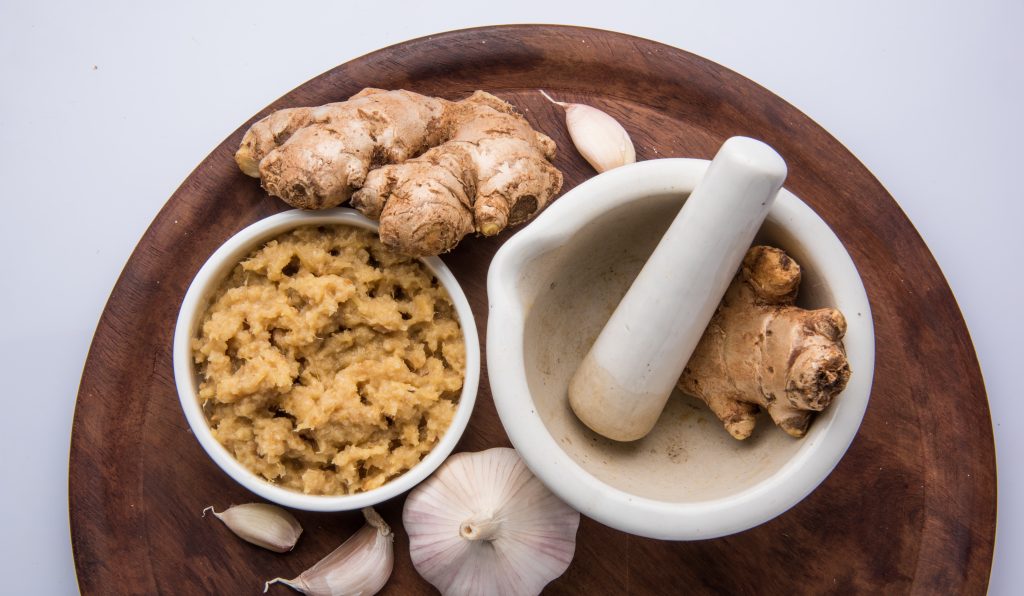
Horseradish Powder
Especially if you want your dish to bear a more sour profile, try out horseradish powder as an alternative to mustard oil. Horseradish comes from the same family of plants that mustard does, so they have a similar aroma and flavor.
Horseradish powder is spicy, pungent, and rather sour. In fact, it’s going to be more sour than your mustard oil; a little goes a long way. If you’re exposing it to high heat, however, bear in mind that the flavors of it will dampen slightly.
You can also combine horseradish powder with the oil of your choice if you still need a flavorful cooking oil. This is great if you’re drizzling the oil over hummus or onto a sandwich.
Rice Bran Oil
The outer layer of rice is often called the chaff. This is often pressed and extracted to become rice bran oil. It is commonly used as a cooking oil in India, Nepal, Bangladesh, Indonesia, and Malaysia. Because of that, it shares some geographical similarities to mustard oil.
There’s a certain nuttiness to rice bran oil, something it has in common with mustard oil. Also similar to mustard oil, it has a high smoke point. At 450F/232C, it can handle high heat cooking methods like stir frying or deep frying.
If you use rice bran oil, be sure to substitute some spices. A good dash of mustard powder or ground mustard will supply the nutty, spicy flavors you’re missing. Add in some cumin or turmeric for extra depth.
Balsamic Vinegar
Balsamic vinegar is bursting with flavor, and can add in the kick you’re looking for from mustard oil. It has a lot of depth and bite that may be different from mustard oil, but it can still help your dish.
Balsamic vinegar might not work perfectly as a cooking oil. It is best used as a substitute for mustard oil when you’re just looking for flavor. If you want a cooking oil substitute, try some of the other oils on this list alongside your balsamic vinegar.
It is a strongly flavored vinegar, which means you don’t have to use a great amount of it. If you’re making a sauce or salad dressing, give it a taste first to make sure it’s up to the taste standards you want.
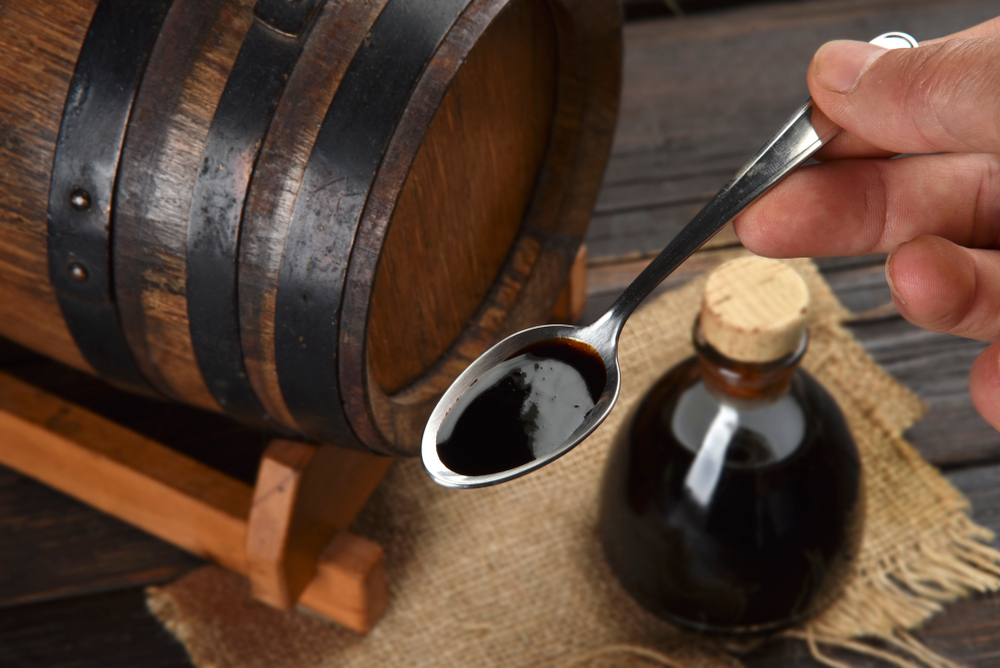
Peanut Oil
Like mustard oil, peanut oil is a staple in Southeast Asian cuisine. It is a valuable cooking oil, and it can add signature nuttiness to foods. If it is made with roasted peanuts, that nut flavor is even more prevalent, along with a bit of smokiness.
When using it as a substitute for mustard oil, make sure you’re checking to see if your peanut oil is roasted or not. If it is, try to adjust some of the other flavors in your dish if needed.
Refined peanut oil is often used for frying, particularly in batch frying techniques used for french fries.
You can easily substitute peanut oil for mustard oil if you’re in the mood for something with a smooth peanut taste. Just as with other more neutral oils, you can add in your own spices, like paprika, za’atar, or a curry powder blend. Adding a dash of spice will make up for what mustard oil left behind.
Wasabi
Wasabi isn’t just a palate cleanser between sushi rolls. Super spicy and wonderfully verdant, wasabi paste or powder might be able to act as a swap for mustard oil.
Like horseradish, wasabi contains allyl isothiocyanate. This organosulfur compound is what gives foods like mustard, radishes, horseradish, and wasabi a pungent taste. Because they share this compound, wasabi and mustard have loosely similar flavor makeup.
Be wary with how you use it, as wasabi will pack a powerful punch of heat. It’s very spicy. If you’re looking for something more mild, add a very little bit and taste it to see if it’s right.
There are even wasabi oils you might be able to find at Asian food supermarkets. That makes it an even more convenient substitute. Wasabi oil is usually a mix of either canola oil, soy oil, or olive oil, blended with wasabi horseradish extract. The result is a powerful heat with sweet undertones.
Generally you’ll only need about ¼ teaspoon of wasabi oil. Read up on the ingredients to see if your wasabi oil has any additional sugars that will change the taste.
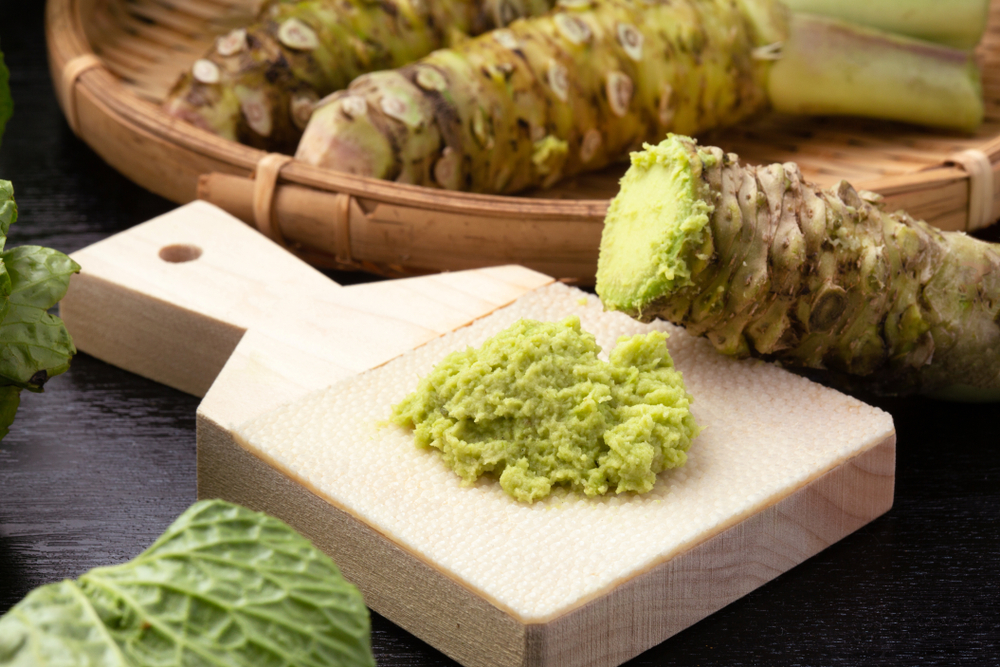
Prickly Oil or Peppercorn Oil
Prickly oil is made from Sichuan peppercorns and used in a wide array of recipes. Prickly oil and peppercorn oil are blended with chilis to give them excellent heat. You will still get the fat from the oil if you’re using it to cook or dress a salad.
Prickly oil or peppercorn oil should be used sparingly. While the pungent flavors are delicious and powerful, that power comes at a price. It might eventually have a numbing effect on your tongue. Try not to overdo it, and supplement with vegetable oil if possible.
Sesame Oil
Sesame oil is popular in Asian cuisine, delivering a toasty, nutty taste to what you cook with it. It has a very high smoke point, making it perfect for frying or stir frying. It also works excellently as a topping on other dishes, adding that extra layer of toasted, savory flavor.
Bolder flavors will come from darker oils, while paler ones will be more subtle. If you want to replicate mustard oil, look for a darker sesame oil. As with others, you can leave sesame oil as is as a substitute, or you can enhance it.
Adding mustard seeds or other warm spices will keep it closer to the taste of mustard.
Make Your Own
Using a simplified version of the way mustard oil is made commercially, you can make something extremely similar at home. It only takes a few ingredients, and you can bottle it up and keep it for future use.
It won’t be exactly the way you’d find it in bottles, but you’ll get the same effects. The full, rustic flavor of mustard, with the fat and smoke point of oil.
To make your own home mustard oil, you will need:
- Yellow mustard seeds
- Brown mustard seeds
- Mustard powder
- Olive oil, or another neutral, high smoke point oil
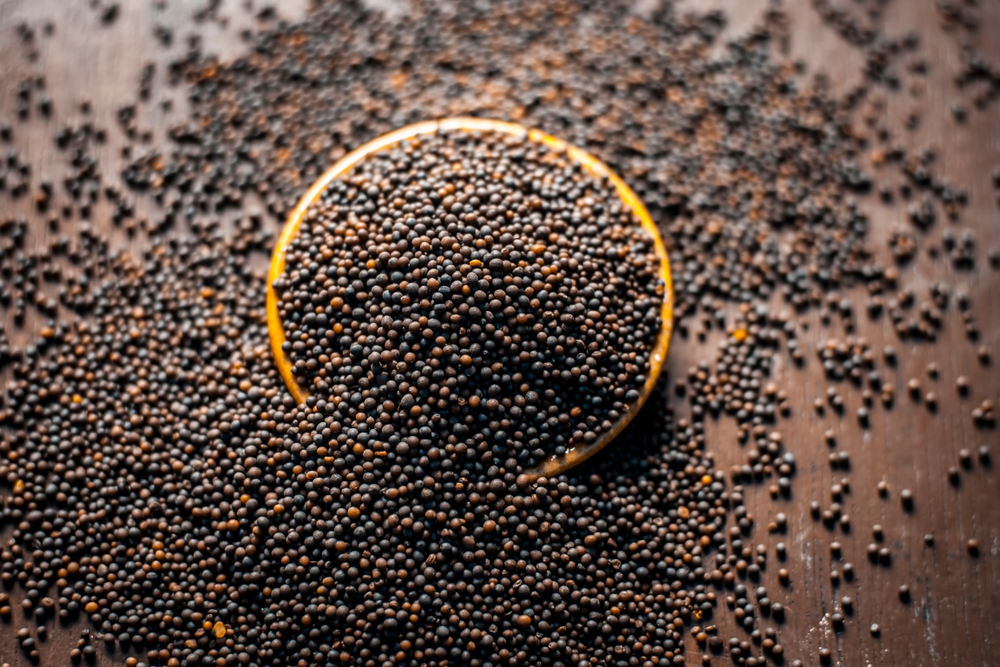
Your yellow and brown mustard seeds can be in equal amounts, depending on how much oil you want to make. You can also temper the ratios to accommodate for taste. If you like a milder mixture, opt for more yellow mustard seeds.
Mix the dry ingredients together, then tranfer them into a blender. If you have a spice grinder, you can put them here first. This, however, might make it a bit too fine, which could be detrimental if you prefer the texture of the seeds.
Add oil directly into the blender, usually at a 1:1 ratio to the total amount of seeds. For example, if you used ½ cup brown seeds and ½ cup yellow, use one cup of oil.
Blend until the mixture is well combined. How long will vary from blender to blender, but 2-3 minutes is a decent benchmark. If your blender is much more robust, you’ll need less time.
Store you oil in a jar or other airtight, preferably glass container and keep refrigerated. It will keep for a considerably long time, at least a few years.
Conclusion
Indian, Bangladeshi, Nepalese, Pakistani, or other middle eastern or southeast asian cooking all use mustard oil in regular rotation. It’s a pungent, tangy, delicious oil, but one that is not available stateside, or in the UK and Canada.
Thankfully, there are ways you can replicate the flavors in your cooking. Nutty oils like peanut or sesame oil will bring about the earthen flavor. Balsamic vinegar, on the other hand, bring rich tanginess to the situation.
You can also make your own replica of mustard oil by combining a few simple ingredients. Blend together oil, brown and yellow mustard seeds, and mustard powder. Once you’ve got it sealed in a jar, you can use it for years to come.


